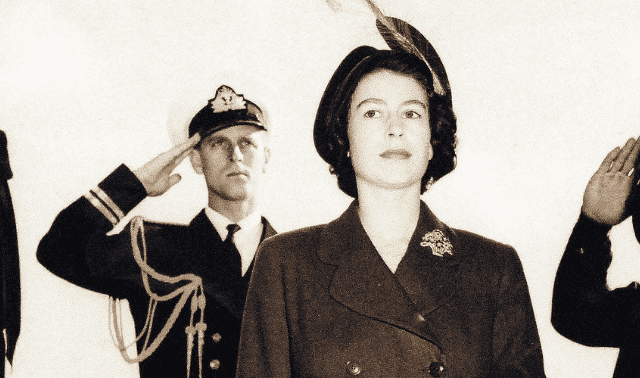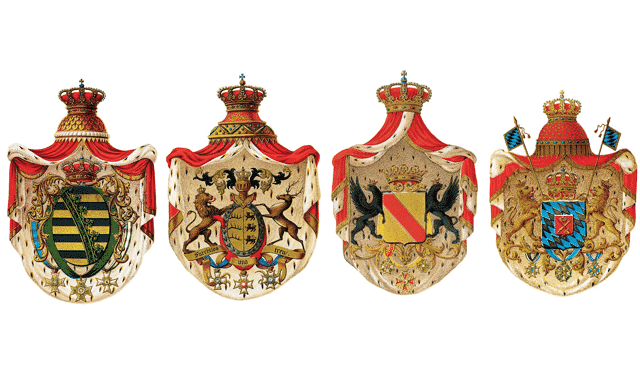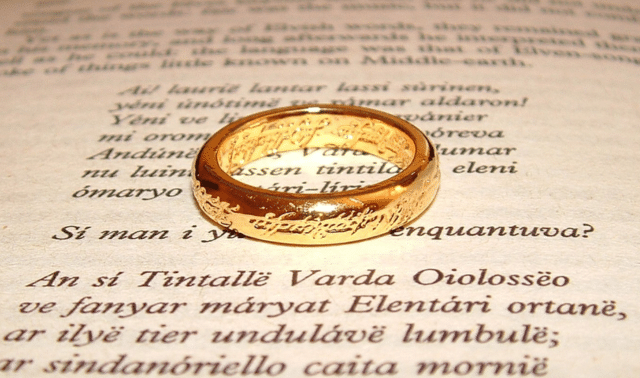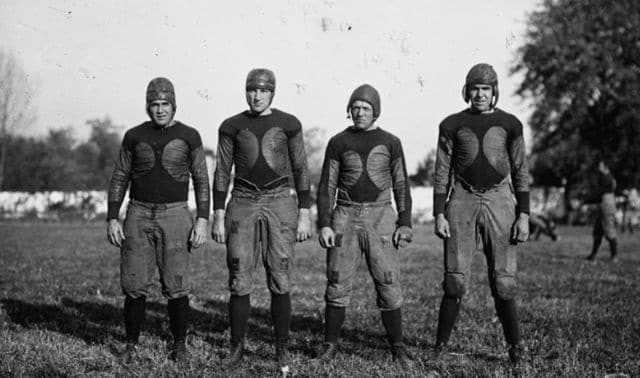Sign up for the Family Tree Newsletter! Plus, you’ll receive our 10 Essential Genealogy Research Forms PDF as a special thank you.
Get Your Free Genealogy Forms
"*" indicates required fields

**For those of you that haven’t seen the show, fair warning that this article contains spoilers!
If you’re like most of us at Family Tree Magazine, you’re a big fan of The Crown. The series takes us much further into the private lives of the royal family, and leaves a lot of us asking: Just how much of this is fact? The show’s creator Peter Morgan has admitted that he does take some creative liberties with the series, so we’ve done some digging to find precisely what storylines from the first seasons have been dramatized for the small screen.
Building the Royal Family Tree

As we do with many of our fictional/famous family trees, we started out by creating a family tree at Ancestry.com. Very little differs between the actual family and the royal family portrayed in the show. The most notable omission from the series is King George V; he died in 1936, about 15 years earlier than the show depicts.
Missing from our tree is Peter Townsend, who (as we know) never ended up marrying Princess Margaret. Their union was not approved by Parliament and the Church of England. The Princess was given the same choice that her uncle had once suffered, the opportunity to give up her titles and salary if she wished to move forward with the marriage. It ended up being a price that she was not willing to pay.
For another view of the British royal family (including more recent generations), see our article on genealogical numbering systems, which uses the royal family tree to demonstrate different methods.
Venetia Scott: A Fictional Character
One finding in our research of the truth behind The Crown involves the season one character Venetia Scott. In The Crown, Venetia is an intensely devoted assistant to Winston Churchill who’s unexpectedly killed during the The Great London Smog while attempting to deliver a message.
However, Venetia never existed in real life. Peter Morgan actually based her character on five of Churchill’s secretaries who wrote memoirs describing their time working with the man.
The scene in The Crown where Venetia is reading to Churchill from outside the door whilst he takes a bath is based on reality, though he likely didn’t splash large amounts of water out of the tub at them in an effort to make them read louder. It is suspected that the main role of the Venetia Scott in the story is to add a sense of tragedy to The Great London Smog.
The Royal Surname and Prince Philip’s Insecurities

The Crown‘s first two seasons frequently address insecurities that Prince Philip has once his wife became Queen. It is likely true that Prince Philip did struggle adjusting to his new role. He had to give up his career in the military, and found himself outranked by his wife in a time when women occupied fairly limited roles in society.
In the television series, Philip requests that the royal house be changed to his surname, Mountbatten, with the goal of his children maintaining his name. The Queen initially does negotiate this with Churchill and his cabinet. But in the end, her grandmother and Churchill manage to persuade her to issue a royal proclamation declaring that the royal house will remain the House of Windsor.
However, in 1960 after the queen’s grandmother Queen Mary and Churchill had both passed away, Queen Elizabeth issued an order declaring that her descendants may use the surname Mountbatten-Windsor. The monarchy now asserts that the name Mountbatten-Windsor is used by members of the royal family who do not have a surname, when a surname is required. For example, the Queen’s children have used the surname Mountbatten-Windsor in official marriage registry entries.
The storyline involving Prince Philip’s near-refusal to kneel before the queen at her Coronation is almost certainly not factual. While he was unhappy about having to leave his position in the Navy, Philip was already a member of the Greek royal family before he married Elizabeth in 1947. He was well accustomed to royal traditions, and therefore would have understood what was expected from him in this role.
Tension Between Queen Elizabeth and Winston Churchill

When Queen Elizabeth was unexpectedly thrust onto the throne at age 25, she was certainly in need of guidance, and was lucky to have a strong and experienced Prime Minister to help guide her. In The Crown, Churchill and the young queen’s relationship is initially strained, with Churchill and the cabinet plotting to delay Elizabeth’s coronation day.
In reality, the queen and Winston Churchill were always quite fond of each other. He mentored her when she took over the throne during a very challenging time for the royal family. When asked which prime minister’s audience she had most enjoyed, she answered, “Winston, of course, because it was always such fun.”
As for her coronation, Queen Elizabeth began her reign upon her father’s death in February 1952, but she wasn’t coronated until June 1953. Why the long gap? It was likely done in deference to her father, King George VI. In addition, it also took around six months to ready Westminster Abbey for the 8,000 guests that would be in attendance. The show filmed their coronation scenes, along with Queen Elizabeth’s wedding, in Ely Cathedral, a vast cathedral in the small city of Ely in Cambridgeshire.
Other Plot Changes
While a great deal of the Netflix series does follow history, it is important to always remember the creative license being taken with the show. A few more interesting differences we uncovered in our research of the first season include:
- Edward III’s role: It’s very unlikely that Queen Elizabeth would call her uncle, the former King Edward VIII, for counsel in her role as monarch.
- The Great Smog’s political impact: While The Great London Smog was a tragic event that claimed the lives of thousands, it was less of a dramatic and political event than is portrayed in the series. In reality, Londoners were quite accustomed to poor air quality and had experienced previous “fogs.” The complete effects of the event weren’t truly understood for several years.
- The Queen Mother and George’s statue: The Queen Mother didn’t actually flee to Scotland immediately following a 1953 London unveiling of a statue for her late husband. In reality, her trip took place in 1952, while the statue wasn’t unveiled until 1955.
- Philips’ infidelity: While there were occasional rumors of Prince Philip being unfaithful, this isn’t a known fact, and it is something that a great deal of historians say there is no evidence for. Philip himself has stated that, with the amount of attention upon him at all times, such events would have been impossible. While there were likely some marital struggles in the initial years after Queen Elizabeth came into power, they were likely kept very private, as both royals are known to have kept their private lives private.
Last updated July 2024.







